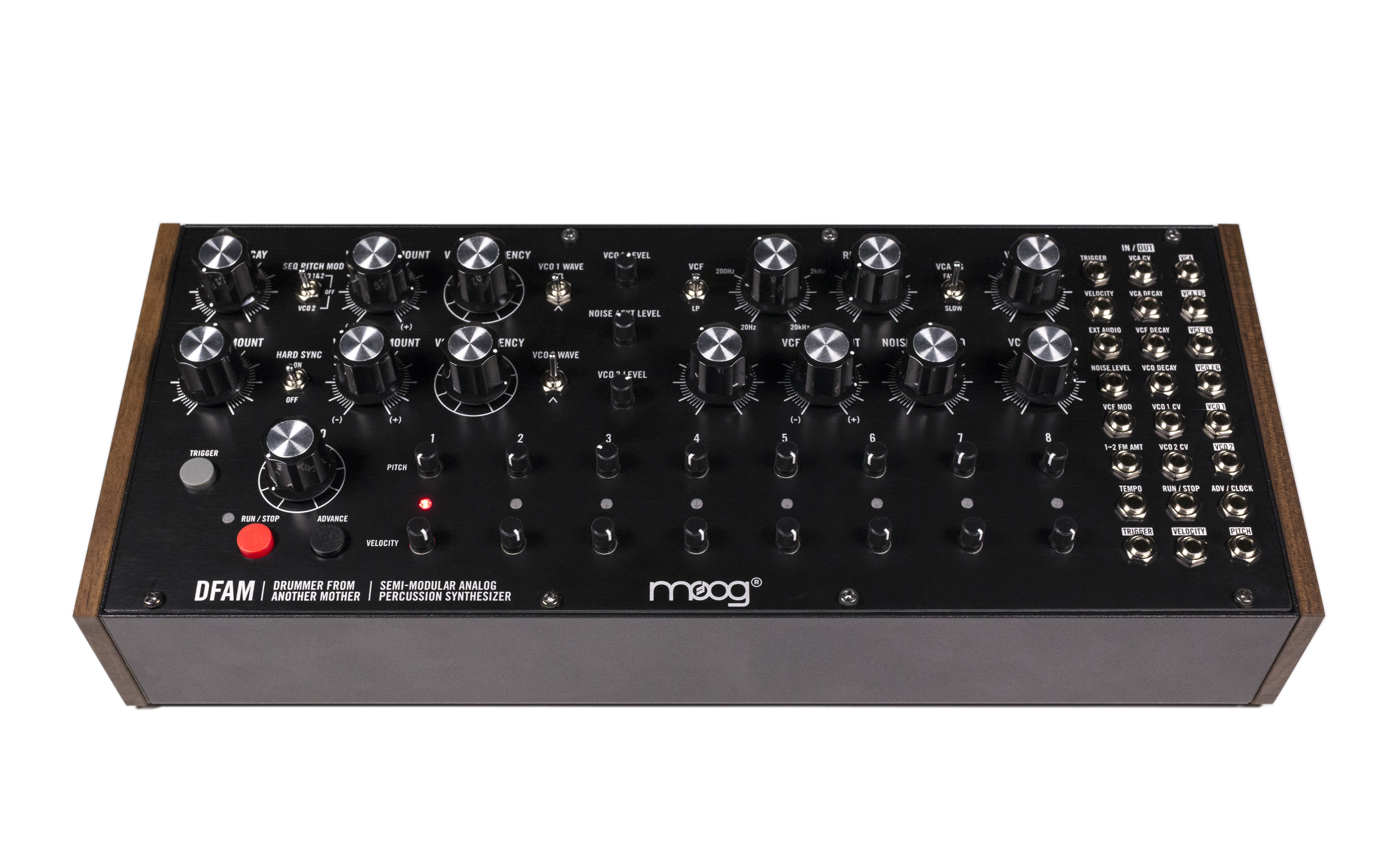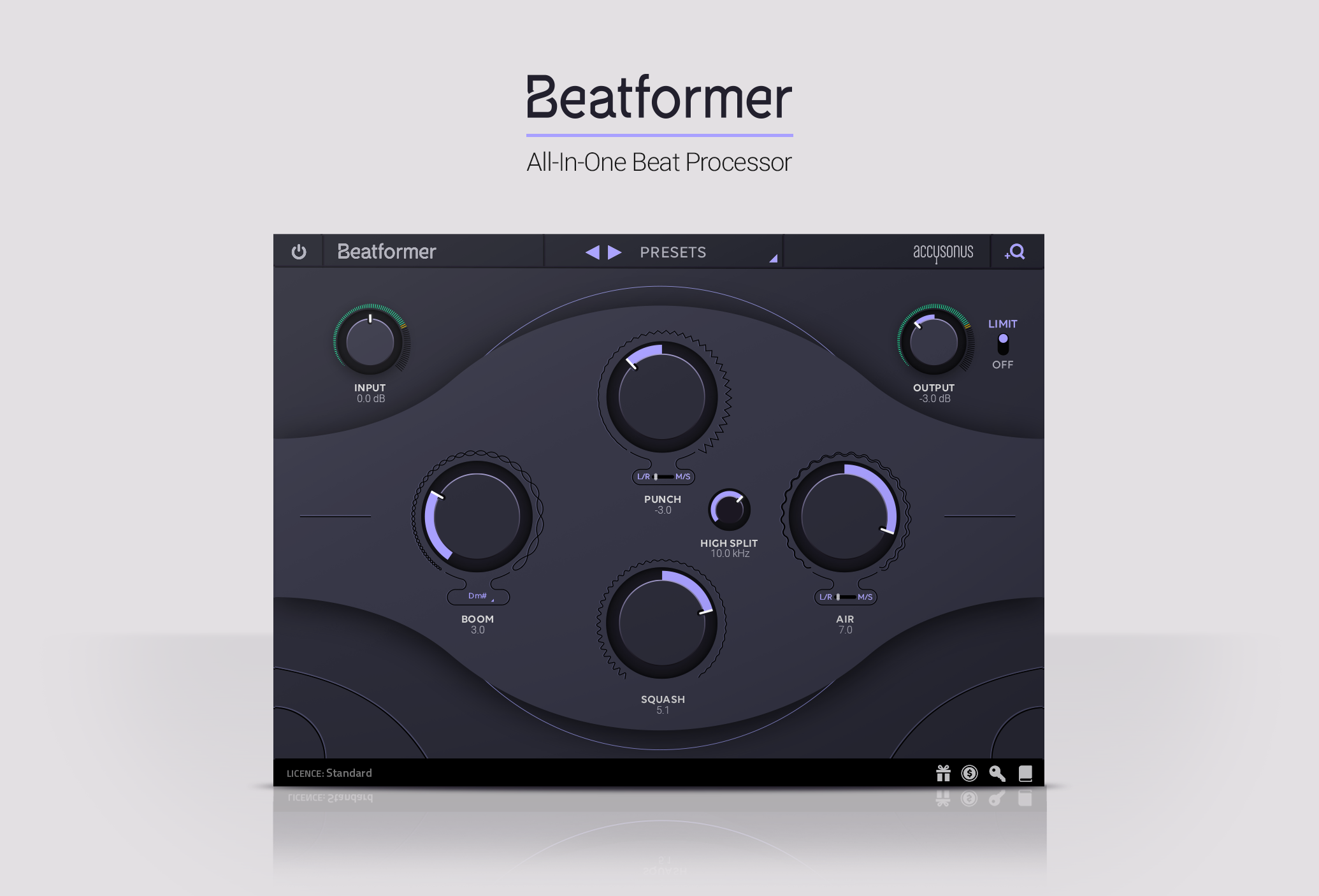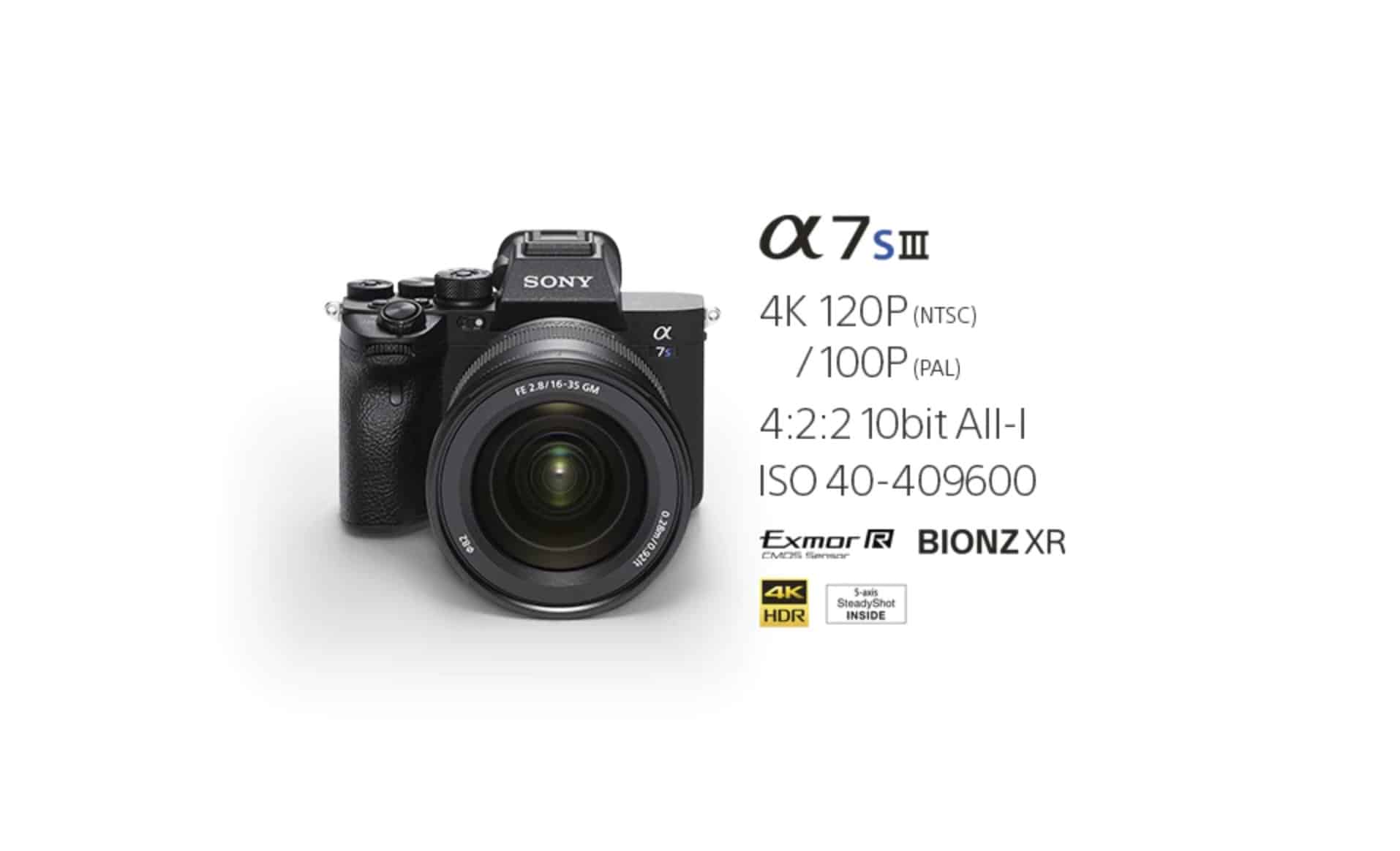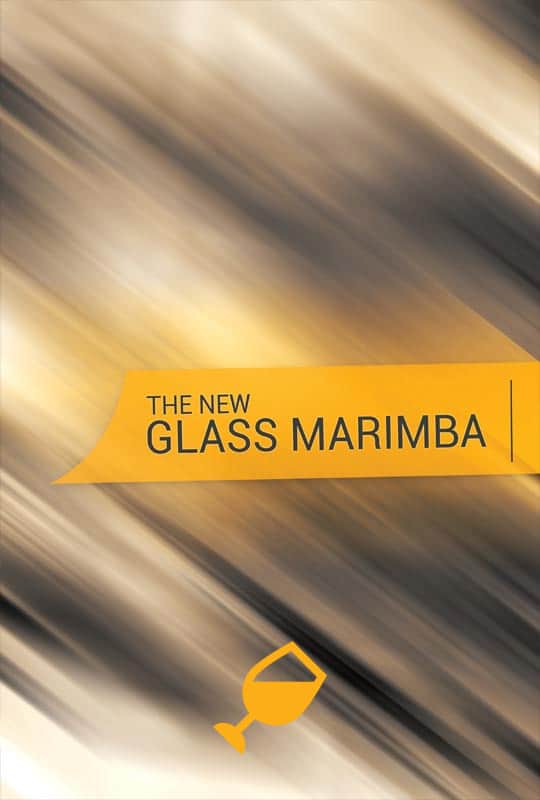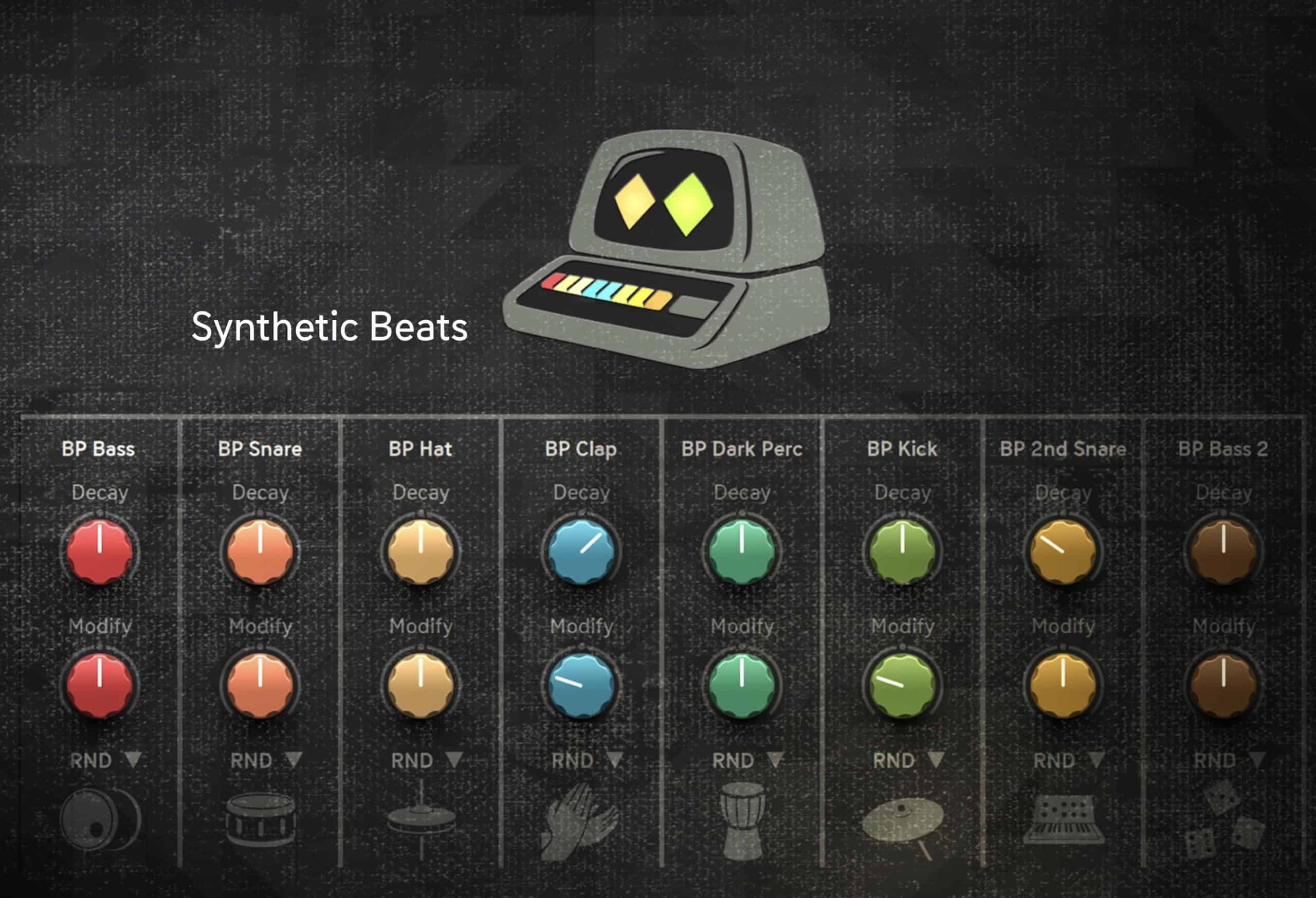DFAM by Moog Review
I assumed I would nevermore purchase a Moog synthesizer, now I have two, some Moogerfooger and more to come. Moog’s DFAM is a Semi-Modular Drum / Percussion analog synthesizer. When it was first available the DFAM has been given to the workshop participants of the Moogfest. Right on top of the large success of the Mother-32 also by Moog. The DFAM or “Drummer From Another Mother” was made available after the Moogfest commercially to everyone.
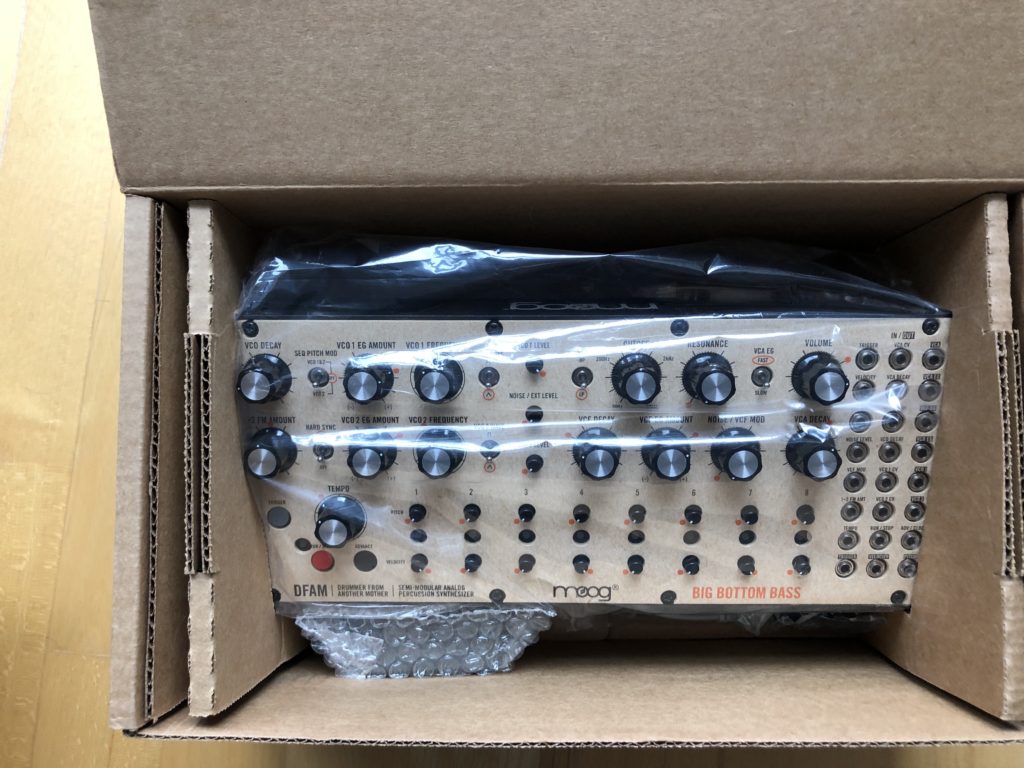
DFAM (Drummer From Another Mother) was at launch the first addition to the Mother eco-system of semi-modular analog synthesizers. DFAM is an original electronic instrument for the exploration of new concepts in rhythm and resonance. Drummer From Another Mother (DFAM) is a highly-interactive, Semi-Modular Analog Percussion Synthesizer and a vibrant deviation from the traditional drum machine–presenting an expressive hands-on approach to percussive pattern creation.

Moog Music is a preeminent producer of analog synthesizers. The company and its customers carry on the legacy of its founder, electronic musical instrument pioneer, Dr. Bob Moog. All of Moog’s instruments are hand built in its factory on the edge of downtown Asheville, NC.
Installation
This is a DAW less product no PC or MAC needed, you do not need to install anything really. You can mount the device as one module in a Eurorack. In contrast to the Mother-32, whose components can be used in part as independent modules, the DFAM rather lives up to the term semi-modular.
Sound
The DFAM is the second semi-modular synthesizer from Moog after the Mother-32. Both the Mother-32 and the DFAM share a fundamentally a similar idea. The DFAM differs as it offers more percussion sounds and offers an eight-step step sequencer.
The Moog DFAM is an analog, monophonic synthesizer with a built-in 8-step sequencer and a patch field. DFAM’s sound powerhouse consists of two VCOs, a noise generator and multimode ladder filter, VCA and three simple decay envelopes. The sequencer has pitch and velocity tracks and is set with pen pots. The Moog always sounds warm, and rich and it a synth to produce neatly grooves.
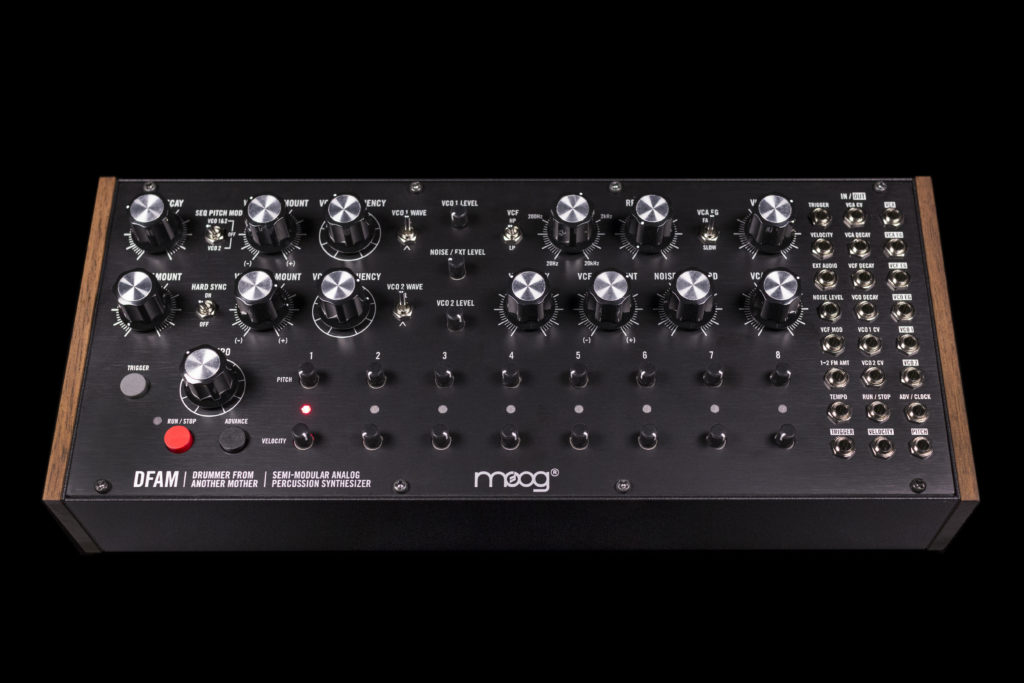
The DFAM sound and results you are able to produce can be best described as drum grooves from another world. The DFAM can also be used as a synthesizer for beefy bass and lead sounds. While creating melody sequences, the analog pitch controllers are very sensitive. Using the DFAM for non-percussive sounds means that you may have a harder time to set several exactly identical tones. On the other hand, performing a sequence of tones which has slightly different pitches is taking you out of machine-driven sounds (that you see with software synths in DAWs) and come with their own appeal and musical value.
User interface & Usability
The user interface of the DFAM is precisely structured and allows you to shape the sound you are after with ease. There are a few features and settings that are described in the manual. You can, for example, reassign an output in the patchbay. The analog step sequencer possesses eight input steps. To further change the sound of each step player you can pitch and velocity each drum hit. Overall the controls of the Moog DFAM step sequencer could not be simpler. There is no MIDI input and you need to synchronize the DFAM with other synthesizers via clock or gate.
Performing on the Moog DFAM is remarkably simplistic and intuitive due to its simple nature and setup. In a relatively short time, you can create attractive and useful drum loops. You can start with some predefined settings from the included paper sheets and take it from there.
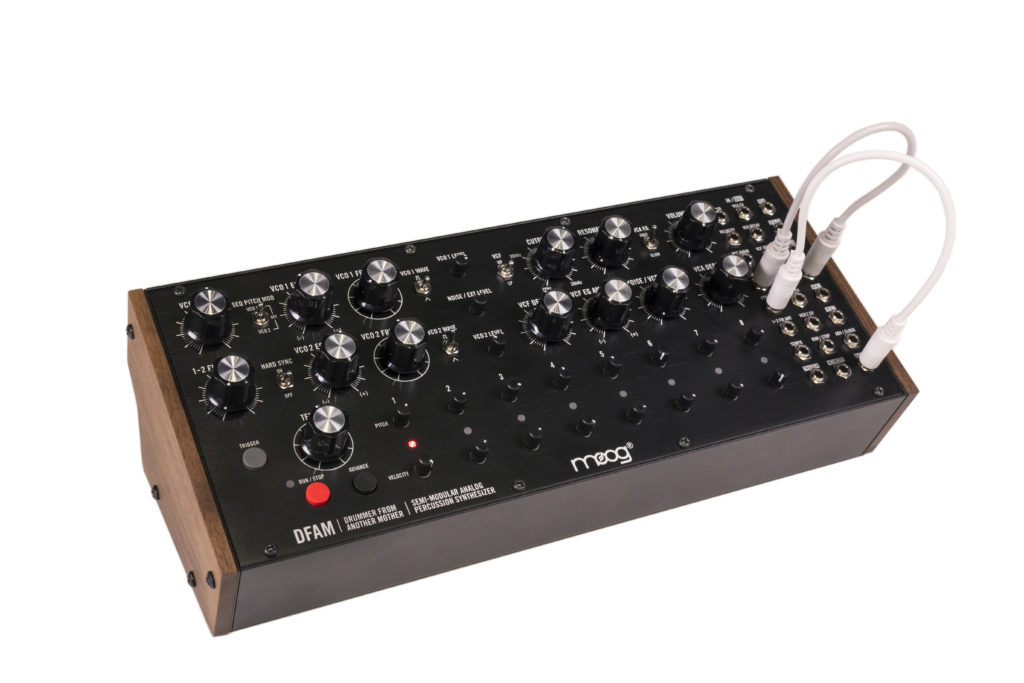
As with the Mother-32 also by Moog, the patch panel is distinctly divided from the rest of the user DFAM interface. Some prefer that the cable does not hang in front of the controls. Some coming from the Eurorack legacy may miss that the patch cable connector is not close to the function it serves on the DFAM. I found the approach to have a distinct patch panel on the right a good choice.
The operation of the DFAM is extremely easy and intuitive, creating drum sounds and sequences is just fun. Thanks to the unusual concept of sound generation, new sounds or even entire song ideas are created in a fun way.
Rating: Five out of five stars
The Moog DFAM is an intense, semi-modular percussion drum analog synthesizer/machine with a compelling and individual character. As a stand-alone drum and groove machine, it produces compelling, unique, percussive, and dark-electro sounds. In the context of a Eurorack modular system – the DFAM can be used extremely versatile due to the numerous patch options. The DFAM lack of MIDI I/O is a minus. You can use the patchbay to be synced and triggered via CV/gate. This is excellent for Mother-32 or Eurorack user.

